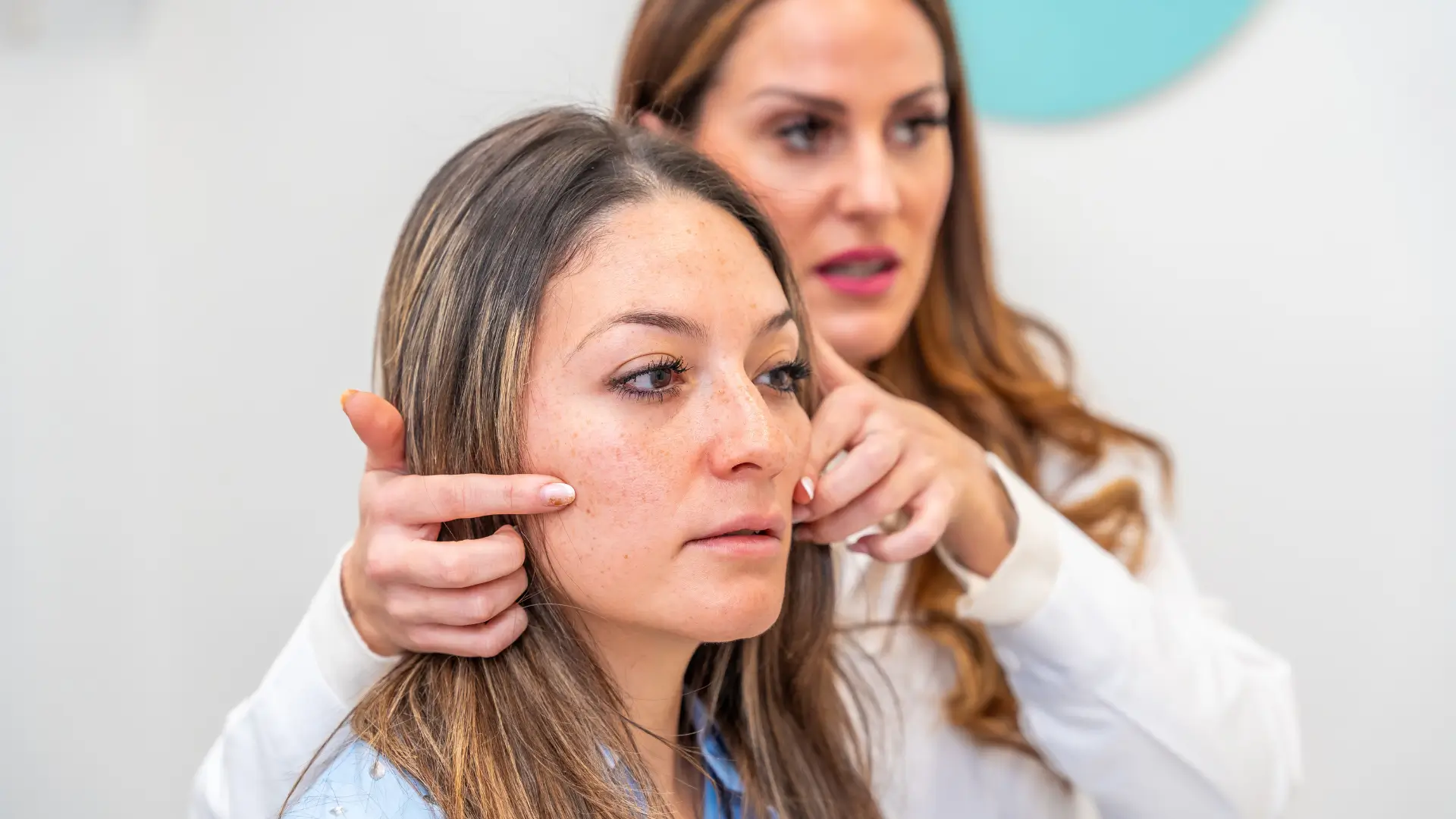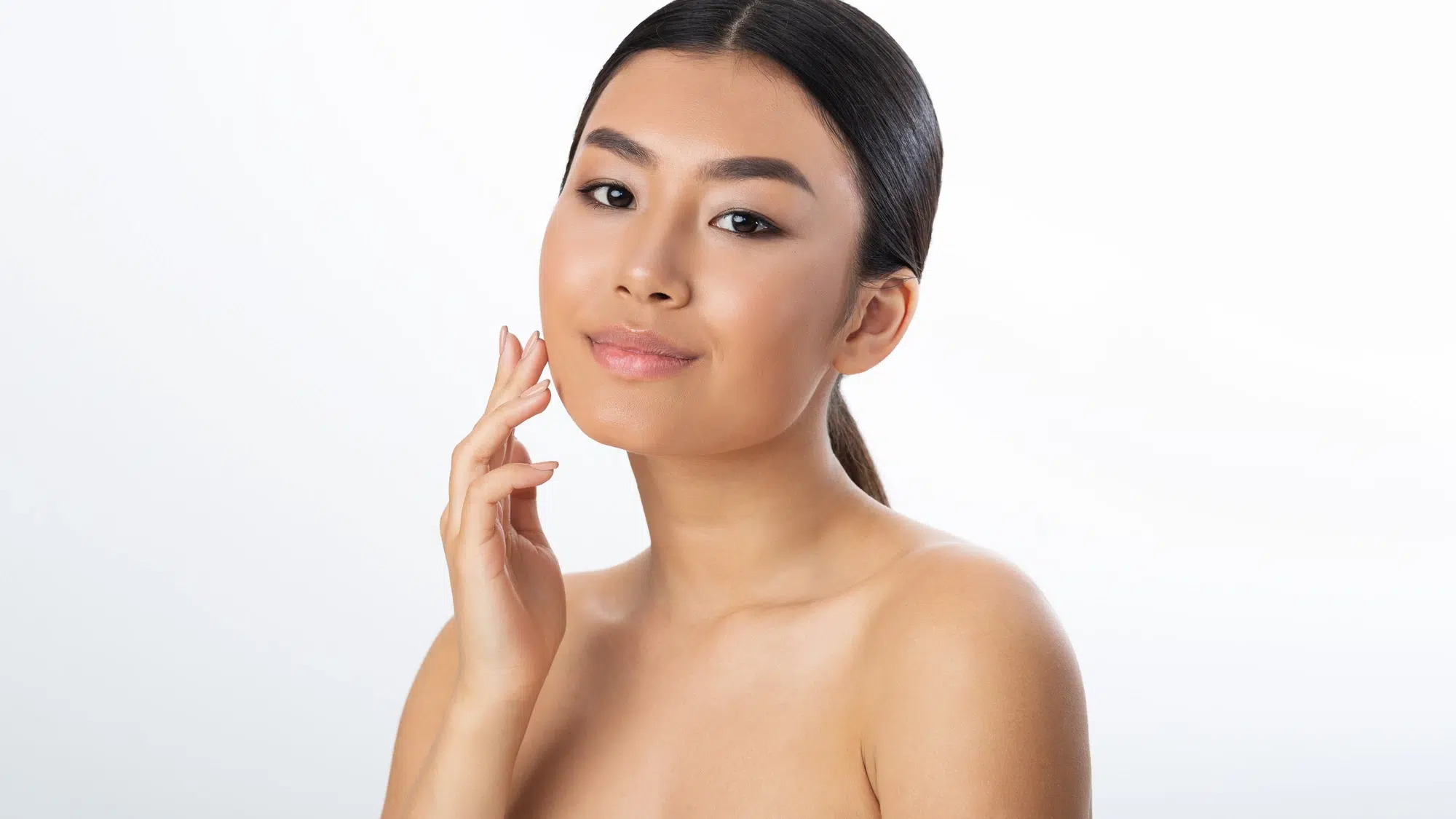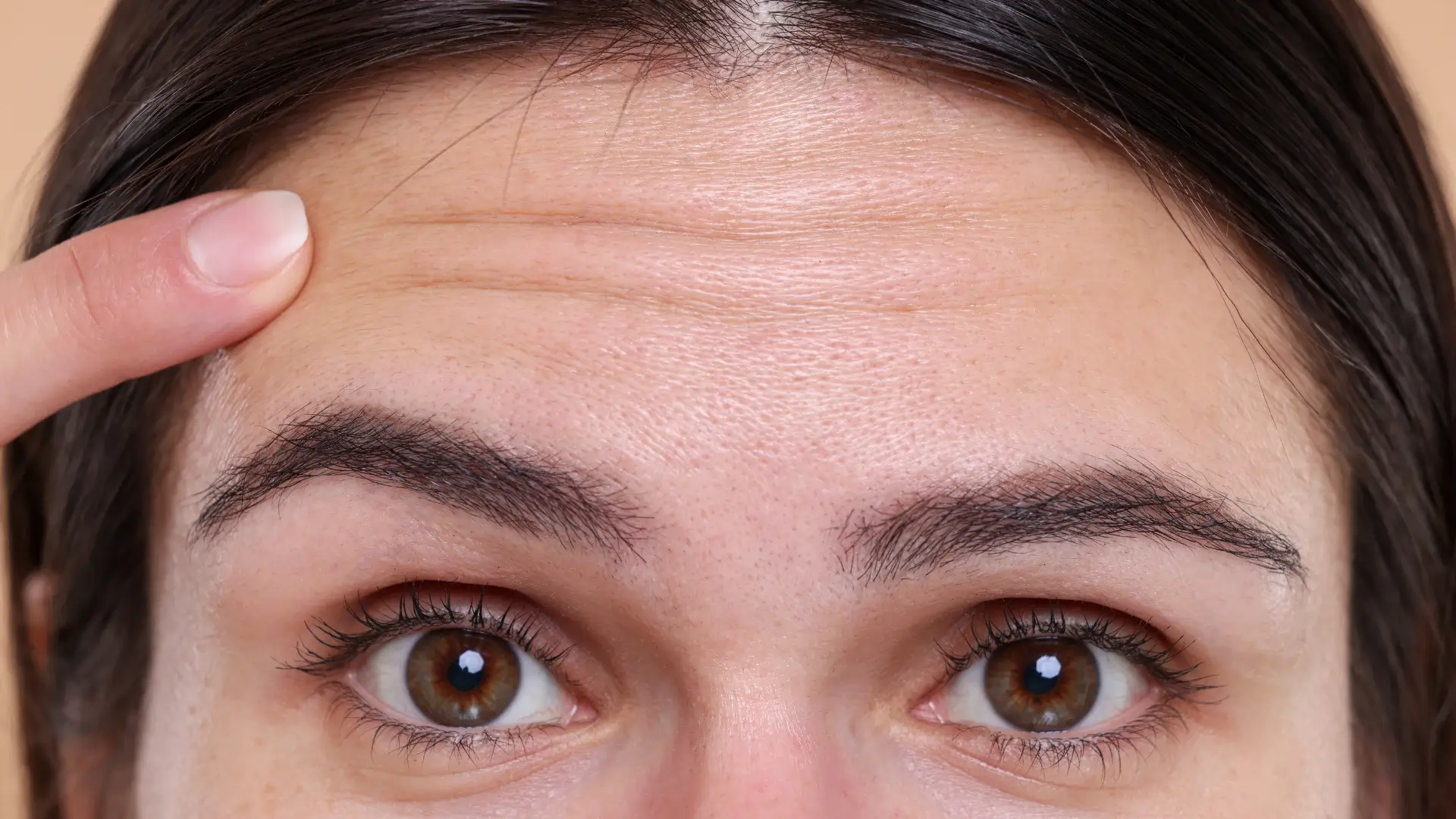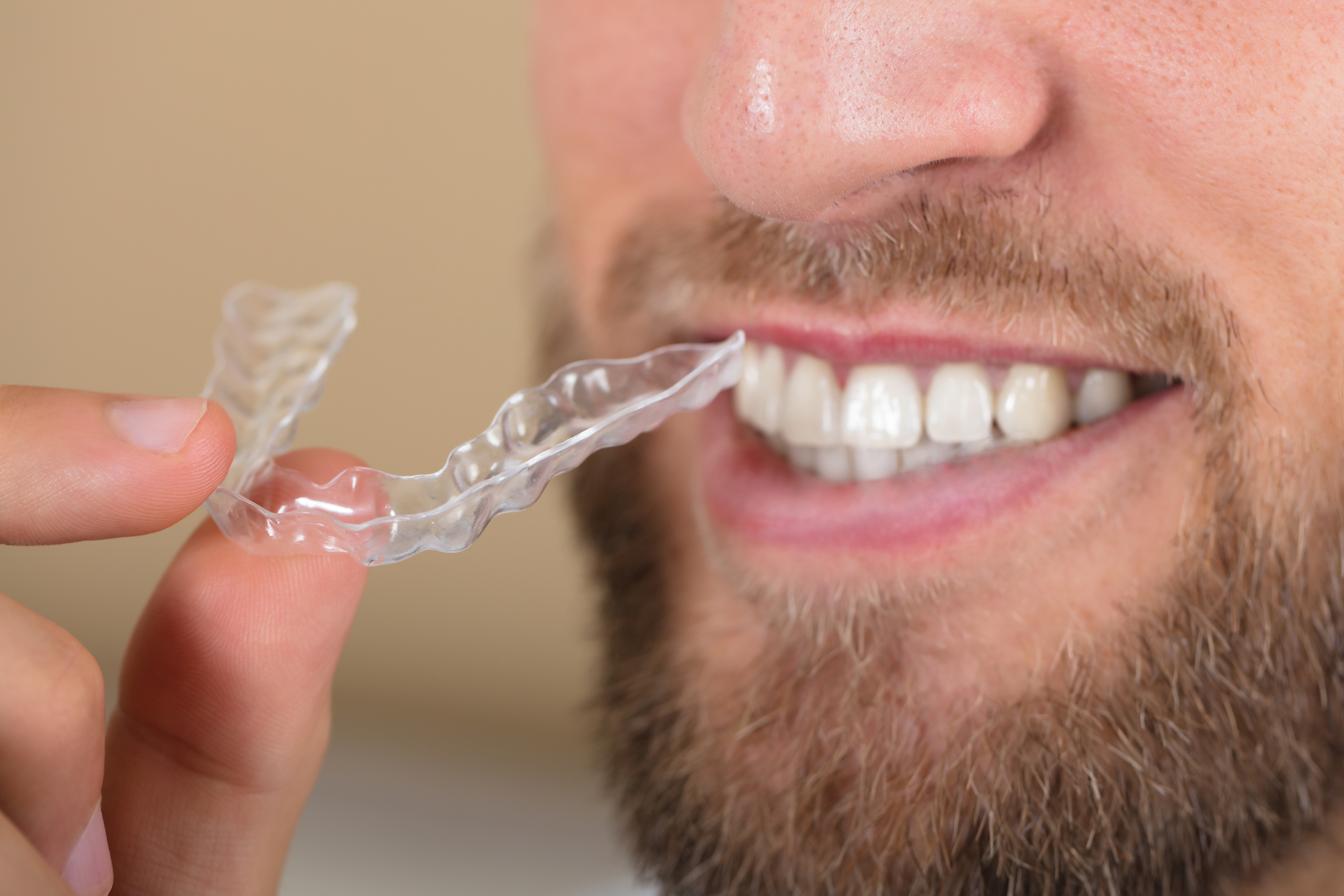Introduction
Patients seeking facial rejuvenation often present with prominent nasolabial folds, marionette lines, perioral lines, loss of volume to the lips, and changes along the jawline. The patient’s appearance is significantly affected by the loss of definition along the mandibular border. A contoured jawline is often seen as indicative of a more youthful appearance.
Aging is a natural phenomenon and gravitational forces, increased tissue laxity, and progressive bone resorption all play a role in the facial manifestations. Atrophy and resorption of the malar, submalar, and buccal fat pads lead to volume loss in the midface. With aging, the jawline’s shape becomes less aesthetically appealing. As a result, there has been a significant increase in the number of non-surgical and minimally invasive procedures available to efficiently contour the jawline and restore lost facial volume.
Patient Analysis
Dr. Kate Goldie, an aesthetic practitioner, utilizes a full-face consultation to educate patients about the complex interplay of different facial structures, including the skin, fat, ligaments, bones, and muscles.
During a consultation, it’s important for the practitioner to discuss with their patients the cause and effect of each aesthetic concern. This allows patients to understand that addressing mid-face deficits is necessary for an overall positive effect. As cosmetic surgery evolves, many patients are seeking less invasive treatments with fewer side effects and faster recovery time. Although there are many therapeutic options available today, natural-looking results and patient safety have become the focus of modern aesthetic procedures.
The chin and jawline are common areas of concern and patients are particularly concered with loss of jawline definition, the formation of jowls, and deepening of the pre-jowl sulcus. The redistribution in volume and position of the soft tissue of the lower face creates undesirable shadows that detract from a patient’s appearance. Knowledge of age-related anatomy is vital in restoring a youthful face. Furthermore, a practitioner must recognize the form of an attractive chin and sculpted or well-contoured jawline.
Jawline Rejuvenation
In addition to age-associated volume loss that contributes to the structural changes of the face, the process of aging also visibly manifests in the skin. A multi-pronged approach is essential when contouring the jawline to deal with sagging, jowl formation, and chin widening.
While distinct age-related changes in the lower third of the face and neck can be addressed dramatically by a traditional face-lift or genioplasty, the last decade has seen minimally invasive procedures become the gold standard for facial rejuvenation. Soft tissue augmentation using dermal fillers and botulinum toxins are growing in popularity.
Plastic surgeons and aesthetic practitioners must include minimally invasive techniques in their treatment strategies for the lower face and neck. While both surgical and non-surgical procedures have varying degrees of risk, minimally invasive methods may soon go head to head with traditional aesthetic procedures or become a worthy replacement.
Soft Tissue Fillers
There are different dermal filler materials available for soft tissue augmentation, but not all are suited for jawline contouring. Hyaluronic acid (HA) is the most popular and widely used material for dermal filler treatment; it restores volume loss efficiently and can be reversed with hyaluronidase should overcorrection occurs.
However, many physician’s treatment of choice is Radiesse (Merz Aesthetics), a Food and Drug Administration (FDA)-cleared injectable filler made of small calcium hydroxylapatite (CaHA) microspheres. The 25–45μm microspheres of synthetic calcium hydroxylapatite are suspended in water, glycerin, and carboxymethylcellulose and can be used for volume restoration, lines and wrinkles, as well as lip augmentation.
Calcium Hydroxylapatite Fillers
Although CaHA can replenish lost volume in the mid and lower face and create a youthful, sculpted jawline, proper injection technique plays a critical role in achieving optimal results. The treatment area should be evaluated with the patient in an upright position. Photographs should be taken prior to treatment and the patient should be informed of any facial asymmetries before starting the procedure.
The filler is injected supraperiostally above the ala-tragus line and deep dermally below the ala-tragus line. In both areas, a 1:1 correction factor is enough and overcorrection is not necessary. Thread multiple tracks through one puncture using fanning technique to minimize the number of injections.
Treatment results usually last for 12 to 18 months. The patient should be counseled about the limitations of the product, potential risks and side effects, expected duration of results, and post-treatment care. Consent should be obtained after adequate briefing and counseling.
Hyaluronic Acid Fillers
Patients with thicker skin and poorly-defined bony structure of the mandible require incompressible or stiff fillers, such as Radiesse, to support the overlying tissues while contouring the jawline. However, those with thin skin over a well-defined mandible require a highly elastic HA filler such as Restylane Lyft (Galderma) and Juvederm Voluma XC (Allergan).
The injector should thoroughly examine the patient’s jawline to determine the best product or combination of products to use. Patients with thick skin and a reasonably prominent mandibular structure are suitable for both CaHA and HA products, the latter of which is reversible using hyaluronidase.
Dr. Goldie, like many practitioners, recommends the use of a cannula when treating the jawline to avoid vascular compromise. The superficial muscular aponeurotic system, also known as the SMAS, protects the facial artery in that region. While the injector may unknowingly go underneath the fascia using a long needle, the use of a cannula allows the injector to stay in the plane where no major arteries are present.
Botulinum Toxin
When contouring the jawline using injectables, the practitioner must consider the patient’s preferences, as those seeking cosmetic procedures are often influenced by culturally determined standards of beauty. An ideal female face, for example, is generally perceived as delicate, contoured, and oval-shaped while a square lower face is considered masculine. In some cultures, increased lower facial volume is seen as “rude.”
The main causes of a square face are muscle hypertrophy and prominent mandibular angle. In the Asian population, masseter hypertrophy, resulting in short, wide faces, is frequently observed while Caucasians often possess long, narrow faces.
Botulinum toxin injection is a non-surgical method of correcting masseteric muscle hypertrophy. In the past, surgical resection of the masseter or bony angle of the mandible was the only option for reshaping the lower jaw. Associated with side effects like pain, hematoma, infection, and facial nerve paralysis, it was not very popular. In 1994, Smyth, Moore, and Wood introduced the injection of botulinum toxin type A into the masseter muscle; the results were decreased masseteric girth and a gentler, more rounded jawline.
In 2005, Kim and colleagues treated 1,021 patients with botulinum toxin to reduce the volume of the masseter muscle. The team concluded that neurotoxin injection for aesthetic purposes requires simple technique, with few side effects and reduced recovery time, making it a better alternative to surgical masseter resection. Studies also claimed that botulinum toxin injection to the masseter could treat bruxism, indicating reduced frequency of teeth grinding events and decreased bruxism-associated pain, as well as high anecdotal patient satisfaction.
Thread Lifting
Threads, a safe and effective alternative to traditional lifting methods, have gained popularity recently. According to Dr. Jacques Otto, polydioxanone (PDO) threads composed of bio-degradable synthetic polymers, are great options for lifting and tightening the jawline. The sutures have the purpose of stimulating collagen synthesis and elastin production, developing an overall rejuvenating effect, making for an ideal choice for patients with very lax and/or severely wrinkled skin.
An 18G needle is recommended for creating an entry point before inserting the threads with a blunt cannula. Practitioners should avoid using needles for thread insertion due to the risk of injuring blood vessels and nerves. When treating the lower face, combining thread lifting with botulinum toxin will produce even better results. Dr. Otto recommends injecting botulinum toxin at least two weeks before thread lifting to relax the platysma muscle. Thread lift side effects can include bruising, swelling, puckering or rippling, asymmetry, and visible threads under the skin; however, extensive practitioner training lowers these risks.
Patients should be informed that a thread lift is not a one-time treatment, as biodegradable threads are absorbed by the body over time. Post-treatment care and consistent follow-ups are necessary. Anti-inflammatory medications to minimize swelling must be avoided as they can interfere with collagen formation.
Radiofrequency and Ultrasound Therapy
For patients who are needle-averse or unsure about receiving injectables, ULTRAcel is a non-surgical facelift therapy that is a great initial treatment for patients with lower face concerns. An ULTRAcel machine combines high intensity focused ultrasound (HIFU) technology, radiofrequency, and fractional microneedling to lift and tighten facial contours without the downtime associated with surgical procedures. Radiofrequency stimulates fibroblasts and promotes the production and remodeling of collagen. Only trained practitioners should perform microneedling and radiofrequency; potential side effects include burns and pigmentation changes.
In contrast with ULTRAcel treatment, Ultherapy is an FDA-approved procedure that uses microfocused ultrasound energy to target different depths within the skin, which lifts and tightens the jawline and neck. This collagen-boosting procedure incorporates ultrasound imaging, which allows practitioners to visualize the layers of tissue being treated, ensuring precise administration without needles or incisions. Ultherapy may be combined with dermal filler injection, although a two-week interval is required. Patients may experience slight bruising or redness, but nothing significant or persistent.
Skin Care
In aesthetic practice, skincare is an important part of any successful treatment. A healthy and functioning skin barrier protects the skin from dehydration, penetration of allergens, irritants, microorganisms, and radiation. While a daily skin care regimen that increases cell regeneration is necessary for smoother and more radiant skin, preventing the degradation of primary structural constituents like elastin and collagen is critical. Counseling patients about the importance of sunscreen to protect the skin should be every practitioner’s priority.
While the cosmeceutical market is notorious for making false claims, some products are indeed better than others. The use of products containing Vitamin A is recommended because it stimulates the production of collagen, glycosaminoglycans, and elastic fibers. Alpha Hydroxy Acids (AHA) are also beneficial as they increase skin cell turnover, resulting in reduced discoloration and evenly pigmented skin, reduced pore size and the softening of lines and wrinkles. Keeping the skin hydrated with a good humectant is an important final skin care step.
Conclusion
When it comes to contouring the jawline, aesthetic practitioners must recognize patient’s motivation in seeking less invasive procedures. If deemed appropriate, one should offer alternative non-surgical treatments for addressing the lower face and neck.
In the surgeon’s pre-operative evaluation, proper patient selection is critical to successful treatment. The practitioner can only plan the best treatment strategy if he or she is familiar with the benefits and limitations of each technique.








